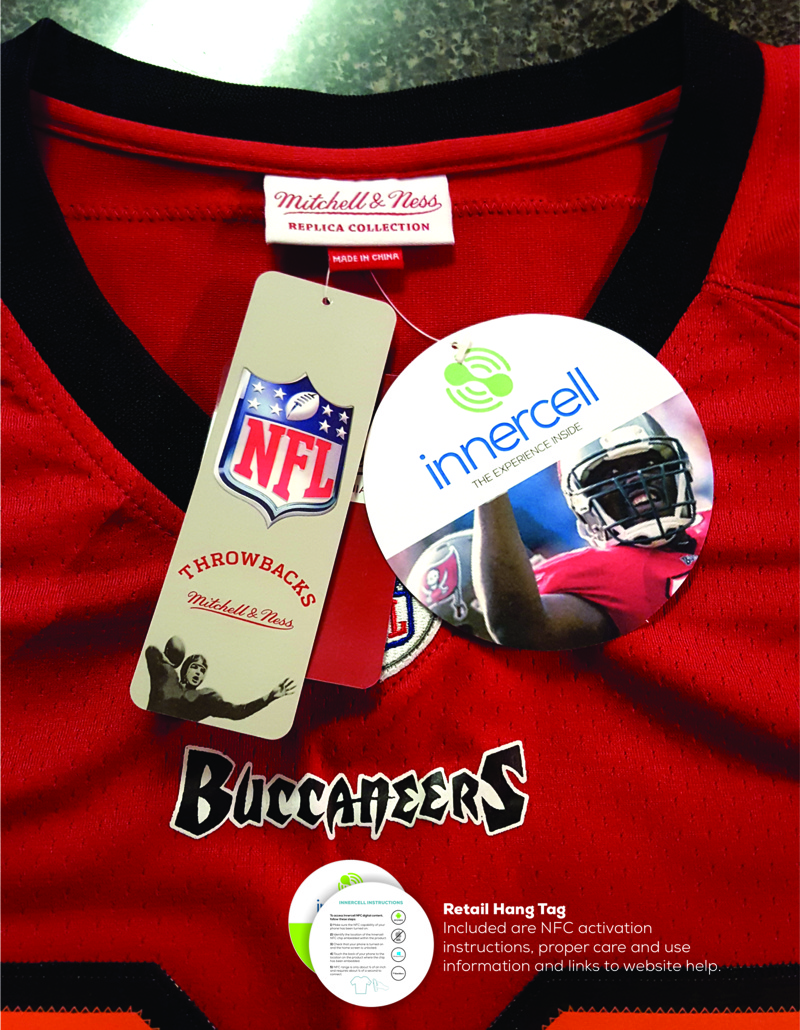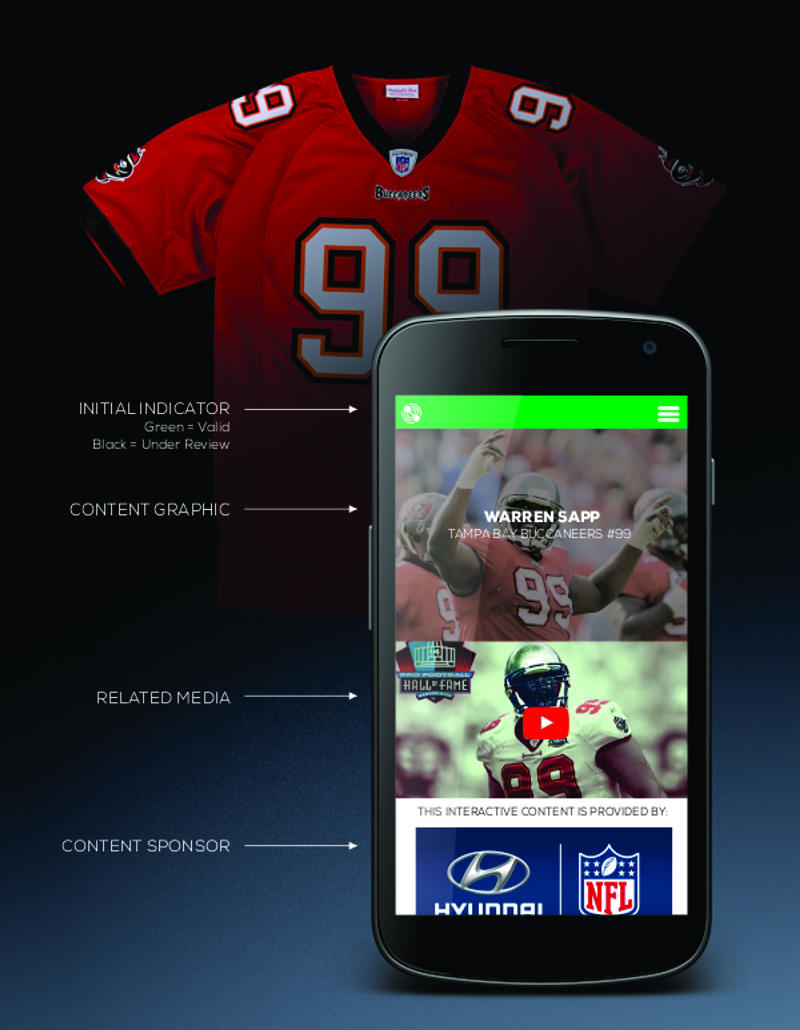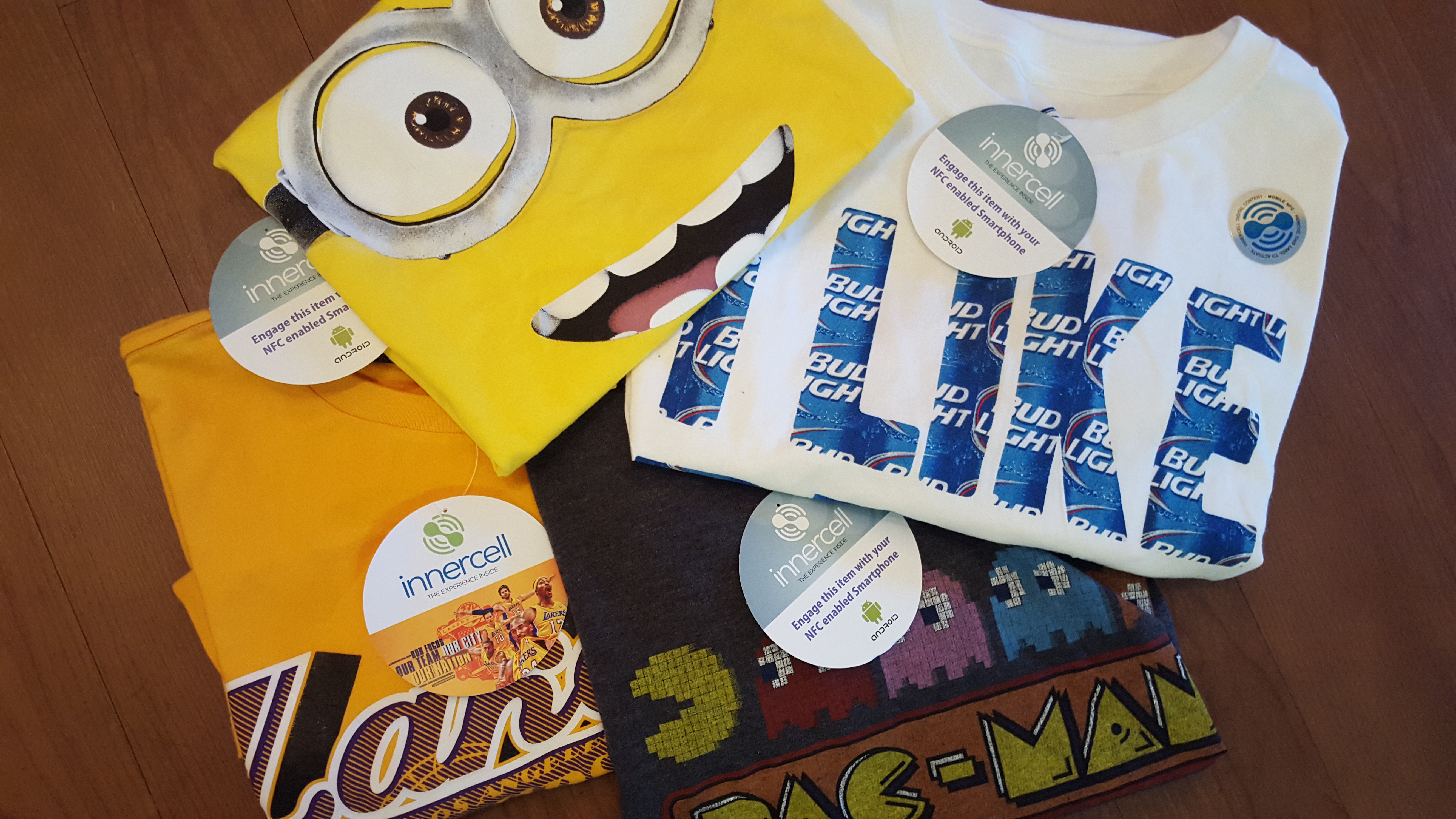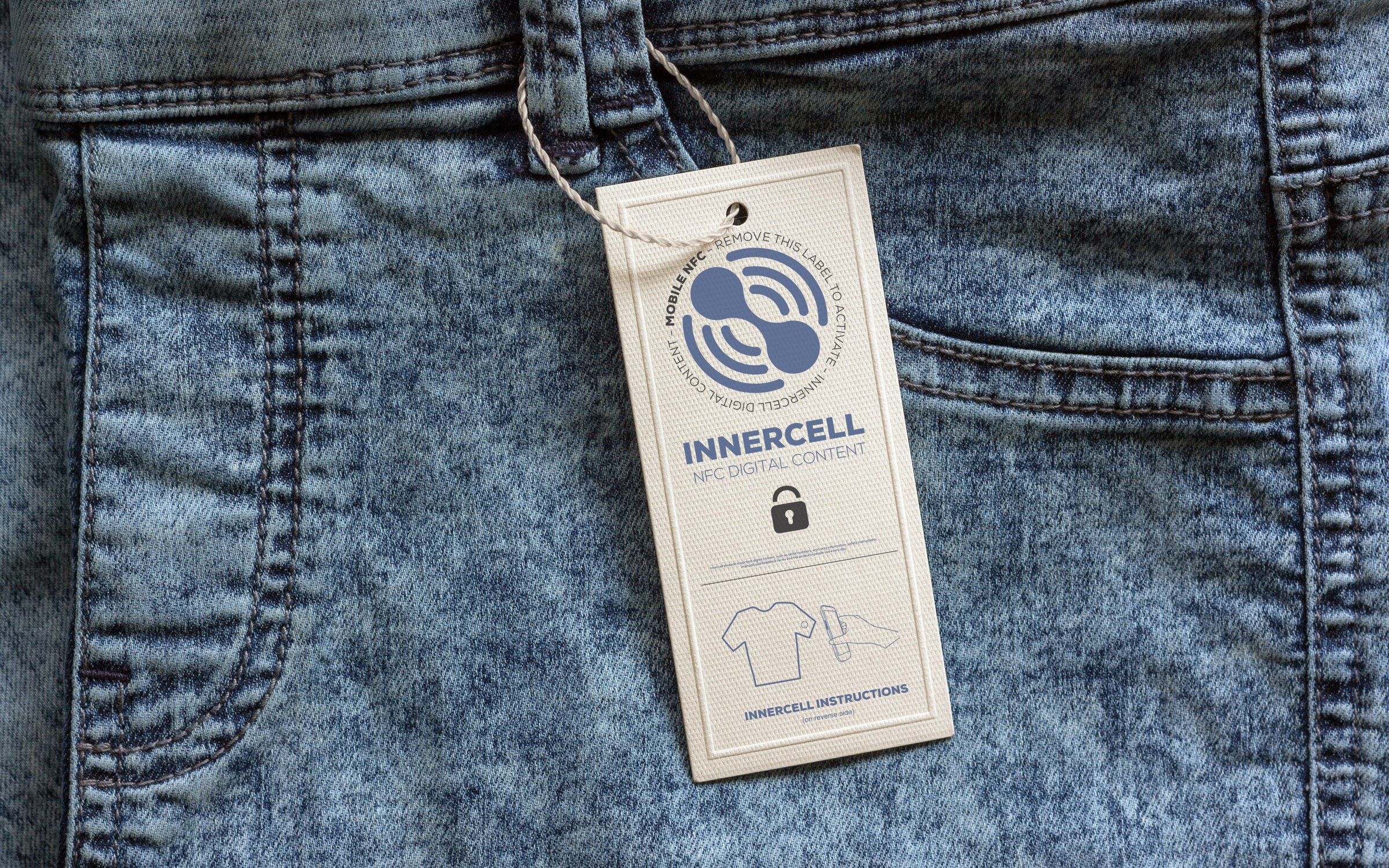April 14, 2016
Tech Startup Innercell Enables 'Smart' Promos
Got a chip on your shoulder? If Innercell CEO Dan Jordan has his way, you will soon. It’s nothing to be upset about, though. These chips, which employ Near Field Communication (NFC) technology, are meant to add value and enhance user engagement with T-shirts and all kinds of other everyday objects, he says.
All you have to do is tap the shirt sleeve or other NFC-embedded item with a smartphone, and multimedia content will pop up on your screen. A perfect example of Innercell’s technology is a novelty Nikola Tesla T-shirt created with online retailer UnderRepped, now being sold in the MIT campus museum gift shop. Place a mobile phone a few centimeters from the NFC hot spot on the tee’s sleeve, and a short video on the inventor and physicist’s life begins to play. "It's kind of a big deal because it's MIT," Jordan says of the shirt's prestigious new home. "A lot of the new NFC tech has been emanating from there."
NFC tags are perfect for the promotional products world, says Jordan, who has years of experience both working in and alongside the industry. “At one time, the industry was looking at ways to implement bar codes into promotional products,” he says. “But brands were resistant to having big black blocks on their items.” NFC tags, on the other hand, don’t detract from a product’s aesthetics, but they enable brands to push unique digital content, like music, games and videos, to their fans.
Innercell’s software platform allows brands to change up the content linked to the NFC tag and track how often users tap on it, making it a unique method of measuring an item’s impressions. “If consumers know there’s a music download in the shirt, they’re going to tap on it,” Jordan says. “If they know it’s going to be updated every few days, they’ll continue to do so.”
Though T-shirts are a natural fit for NFC tags, they’re not the only items ideally suited, Jordan says. Innercell is working with several top industry suppliers to develop new NFC-enabled products, he adds. One company, for example, embedded the tech into a pen – when you tap on it with your phone, a game branded with the same logo imprinted on the pen opens up in your browser.
Other areas where the technology could be huge is in the anti-counterfeiting space. An NFC tag can help you track the “chain of custody” of things like signed sports memorabilia, allowing owners to easily transfer the digital rights of an item. Innercell is also working with a biotechnology company using the NFC platform to track its packages around the world.
NFC tags can also be used to permanently link safety and instructional information to the products in question. With this technology, Jordan says, consumers never again have to worry about losing their user manual. It’s also a great way to update consumers on product recalls, an important consideration in the advertising specialty industry, considering how widely promotional products are distributed. In the past, “There was no effective means of communicating that there’s a problem with a product,” Jordan says. Now, “If at any point, a flag goes up, you can warn people” by updating the content linked to the tag.
Currently, Innercell’s technology works with Android, Microsoft and Blackberry products, and Jordan expects Apple to allow it soon as well. “The tech is already in the phone, it’s just locked to Apple Pay only. It’s just a matter of time,” Jordan says. Users don’t need to download a special app to engage with a product either, since Innercell works through the web browser on your phone. For those concerned about privacy and security, Jordan points out that the chip isn’t activated until the user physically engages it, and users must explicitly grant permission before Innercell’s servers will identify and track a chip’s geolocation.






